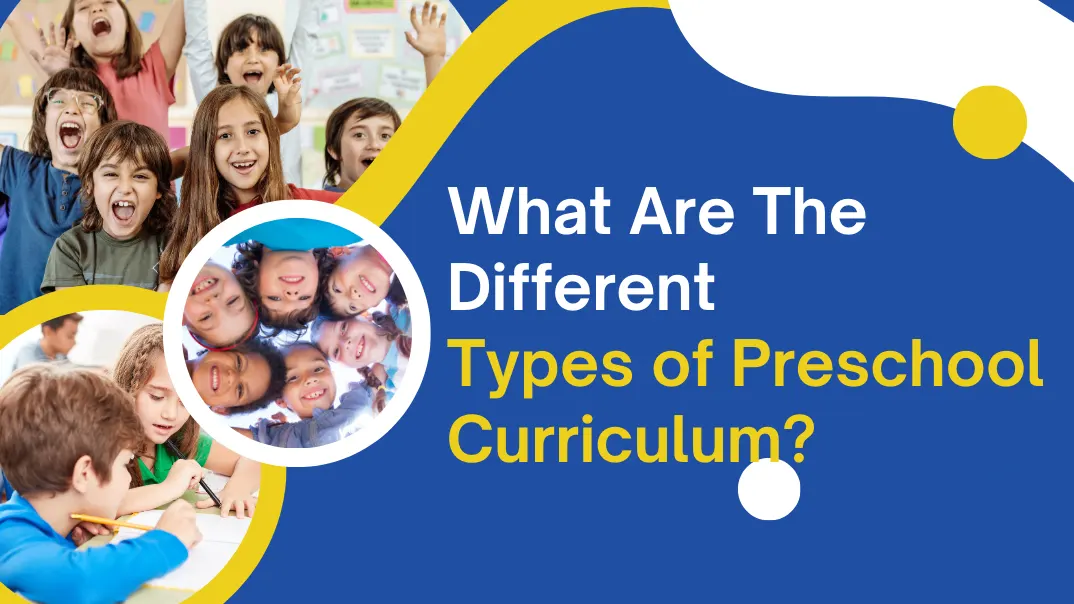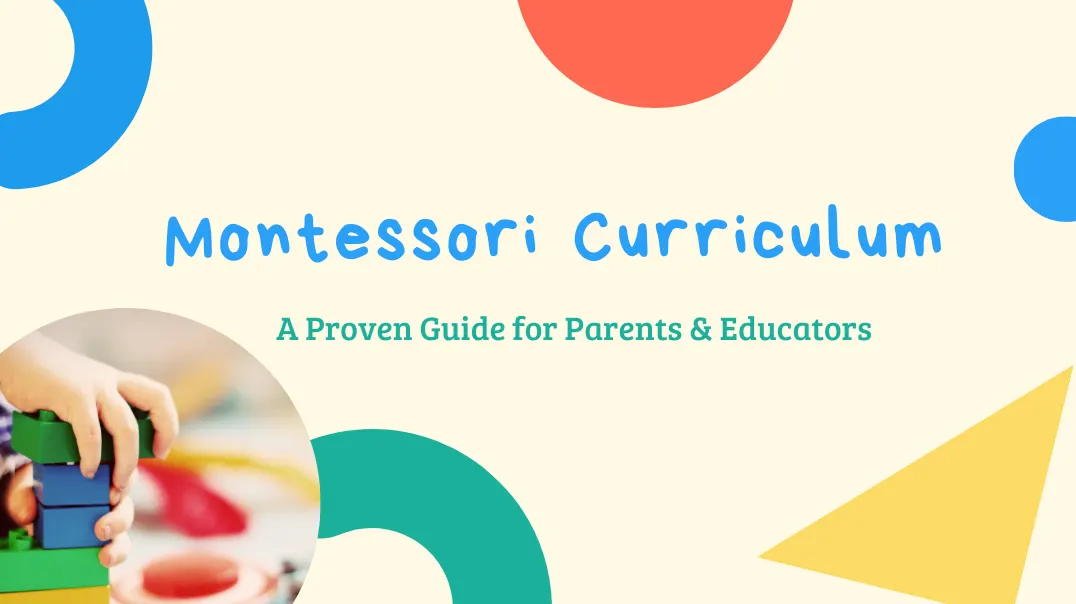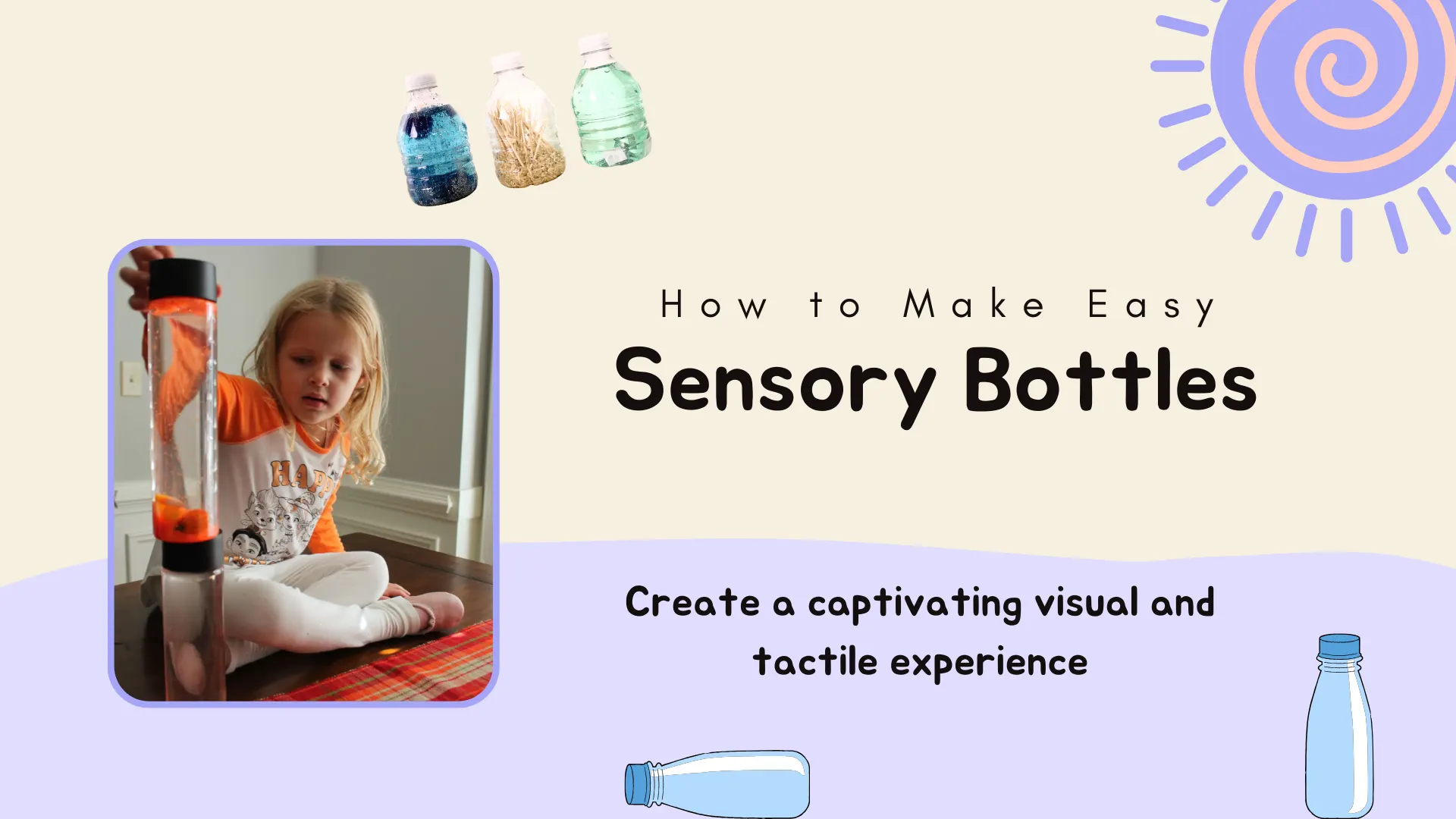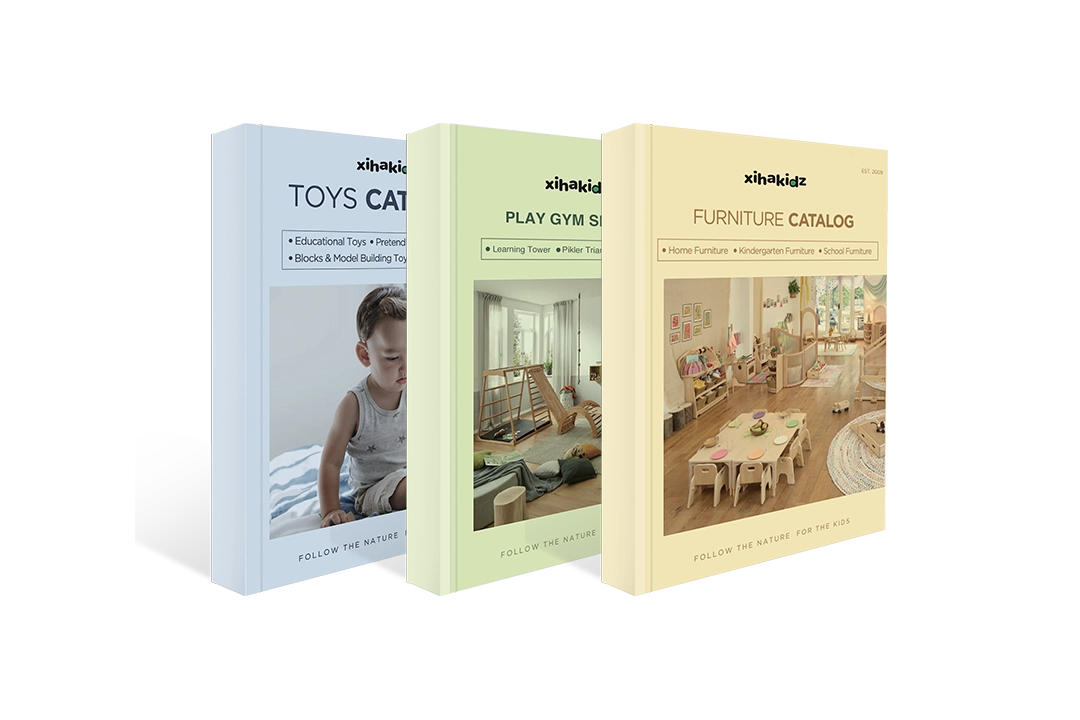Why do so many children struggle to focus during lessons, yet light up the moment they’re allowed to move, touch, or explore? The answer often lies in how we teach and how they learn.
Kinesthetic learning emphasizes movement, touch, and physical engagement as key methods for absorbing knowledge. Studies show that 30–45% of children are kinesthetic learners. These learners absorb information best through movement and hands-on interaction. Unlike visual or auditory learners, kinesthetic learners grasp concepts best when they can engage in hands-on activities—such as building models, role-playing, or experimenting.
Understanding kinesthetic learning is essential for educators and parents who want to unlock every child’s potential. By designing lessons and environments that incorporate motion and hands-on exploration, teachers can improve focus, retention, and creativity in learners who thrive through activity.
In this guide, we’ll explore what kinesthetic learning is, identify its traits, and provide practical strategies and classroom activities. These insights will help you make learning more dynamic and effective.
What Is Kinesthetic Learning?
Kinesthetic learning is a learning style in which individuals acquire knowledge most effectively through physical activity and hands-on experience. It is the intentional use of physical interaction with concepts so that ideas are encoded through action. This style is rooted in the belief that learning is most meaningful when it engages the body as well as the mind.
In early childhood settings, kinesthetic learning appears when children explore with real objects, act out processes, and test ideas with their hands. Instruction aligns with this style when lessons invite purposeful motion, manipulatives, and role play that connect abstract ideas to concrete action.
By recognizing and supporting kinesthetic learning styles, educators and parents can help children harness their natural tendencies and build deeper, more personalized learning experiences that lead to long-term academic success.
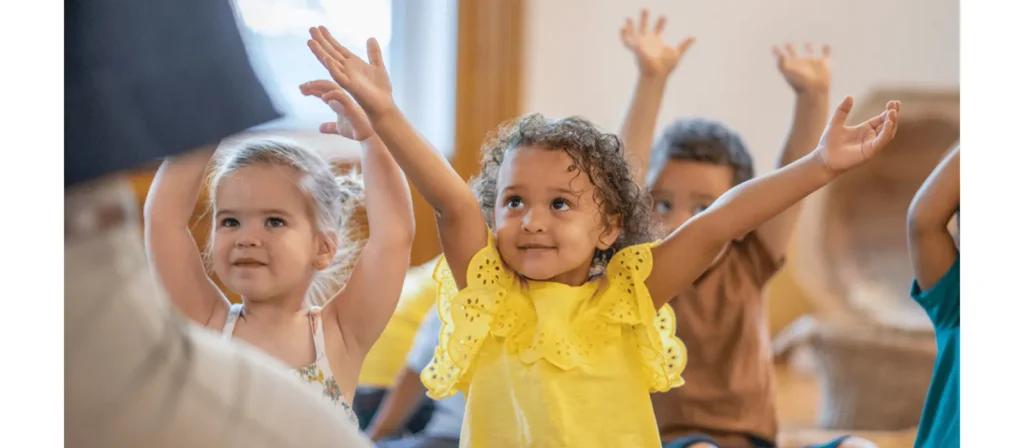
Examples of Kinesthetic Learning
Examples of kinesthetic learning illustrate how movement and physical engagement transform abstract ideas into concrete understanding. Instead of passively receiving information, kinesthetic learners actively interact with their environment—touching, building, acting out, or experimenting to make sense of new concepts.
1. Mathematics
- Using building blocks or counters to practice counting, addition, and subtraction.
- Walking or jumping along a taped number line on the floor to solve equations.
- Arranging physical objects into groups to understand multiplication and division.
2. Language and Literacy
- Tracing letters in sand, clay, or with finger paint to reinforce letter recognition.
- Acting out story events with puppets or props to improve comprehension.
- Building words with letter tiles while physically moving them into place.
3. Science
- Conducting hands-on experiments such as sink-and-float tests or growing plants.
- Acting out the water cycle or life cycles with body movements.
- Exploring textures, weights, and materials by touching and comparing real objects.
4. Arts and Creativity
- Learning rhythm and patterns through clapping, drumming, or dance.
- Using clay, playdough, or craft materials to create representations of ideas.
- Role-playing community helpers, animals, or historical figures to connect with content.
5. Social and Emotional Learning
- Practicing cooperation through group building activities, such as block towers.
- Using movement games to learn turn-taking and self-regulation.
- Role-playing peer conflict resolution scenarios to understand empathy and perspective.
Trasforma la tua aula con soluzioni di arredamento personalizzate
Benefits Of Kinesthetic Learning Style
Kinesthetic learning offers several important advantages, especially in early education, where active engagement is closely tied to sviluppo del cervello. By involving the body in the learning process, children connect new information with concrete actions, which improves retention, confidence, and participation. Below are the key benefits:
1. Improved Memory and Retention
Physical activity reinforces memory by linking knowledge to muscle movement and tactile feedback. When learners physically manipulate materials, they are more likely to remember procedures, sequences, and concepts for the long term.
2. Higher Engagement and Motivation
Movement keeps learners attentive and reduces restlessness. Instead of feeling constrained by passive tasks, kinesthetic learners thrive when lessons allow them to explore, touch, and interact. This raises motivation and makes classroom participation more natural.
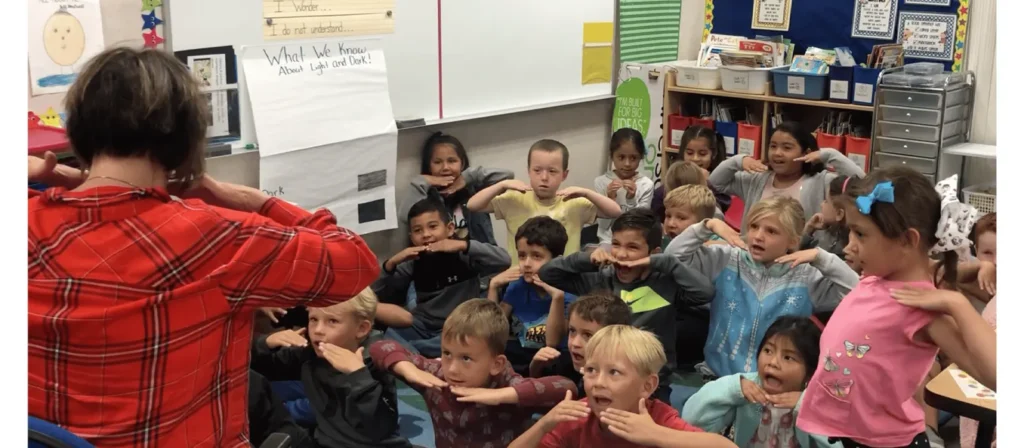
3. Stronger Problem-Solving Skills
Hands-on exploration encourages trial and error. By experimenting directly with objects or scenarios, kinesthetic learners test solutions, adjust quickly, and develop resilience. This process strengthens critical thinking and creativity.
4. Better Development of Motor Skills
Kinesthetic learning supports both fine-motor and gross-motor development. Activities like cutting, building, or acting out ideas help refine coordination, balance, and dexterity, which are essential for early childhood growth.
5. Enhanced Collaboration and Communication
Many kinesthetic activities involve group work, such as opera drammatica, building projects, or interactive games. These experiences foster teamwork, communication skills, and the ability to understand different perspectives.
6. Real-Life Application of Knowledge
Because kinesthetic learning is grounded in “learning by doing,” learners more easily transfer what they learn to real-world situations. This makes education not only more practical but also more meaningful and sustainable.
What Is a Kinesthetic Learner?
A kinesthetic learner is someone who understands and retains information best through physical movement, hands-on experiences, and tactile activities. Instead of learning primarily by listening or watching, kinesthetic learners grasp concepts by doing, touching, building, or engaging their bodies in the learning process.
In early childhood, these learners often show a strong preference for activities like role-playing, drawing, dancing, building blocks, or exploring objects with their hands. Their brains are wired to connect movement with memory, which means they learn best in active environments that allow them to move around and interact with real-life materials.
Kinesthetic learners often thrive when given the freedom to experiment, explore, and physically engage with their surroundings, making them natural problem-solvers and creative thinkers. Supporting this learning style in early education helps build a strong foundation for future academic and life success.
VARK Model
IL VARK Model is a framework that categorizes learning preferences into four primary types: Visual, Auditory, Reading/Writing, and Kinesthetic. It was developed by Neil Fleming to help educators and learners better understand how people absorb, process, and retain information.
- Visual (V) Learners: Learners who prefer seeing information through diagrams, charts, colors, and spatial layouts.
- Auditory (A): Learners who absorb information best through listening—such as lectures, discussions, and audio materials.
- Reading/Writing (R): Learners who benefit most from reading texts and writing notes or summaries.
- Kinesthetic (K): Learners who understand information through physical activity, movement, and hands-on experiences.
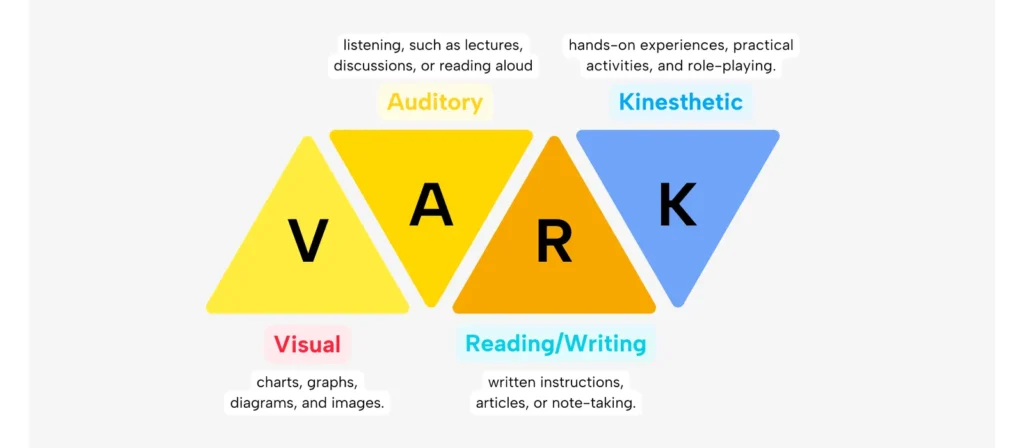
The VARK model does not suggest a learner is limited to one style, but it highlights the dominant mode in which they feel most comfortable. For kinesthetic learners, activities that involve active engagement are the most effective. By identifying these preferences, teachers can design lessons that match different learning needs, and students can choose study strategies that align with how they naturally learn best.
Characteristics of Kinesthetic Learners
Kinesthetic learners have distinctive traits that reflect their preference for movement and hands-on experiences. These characteristics influence how they absorb, process, and recall information, often setting them apart from visual or auditory learners. Recognizing these traits helps educators and parents create more effective learning environments.
- Preference for Hands-On Activities
Kinesthetic learners absorb information best when they can physically manipulate objects, conduct experiments, or practice skills through real-life application. - Movement-Oriented Learning
They often find it difficult to remain seated for long periods. Fidgeting, tapping, or pacing are signs that they learn more effectively when allowed to move. - Strong Memory Linked to Action
Instead of memorizing through reading or listening, these learners recall information by remembering the actions they performed—such as how they built a model or carried out a task. - Use of Gestures and Body Language
Kinesthetic learners naturally express ideas with their hands, facial expressions, and full-body movements. This active communication style reflects how they process thoughts physically. - High Energy Levels
They are often energetic and enthusiastic, which can be an asset in group projects, interactive activities, or physical challenges. - Enjoyment of Practical Tasks
Kinesthetic learners thrive in subjects that involve construction, experimentation, or creation—such as science labs, art, drama, or sports. - Challenge with Passive Learning
Sitting through long lectures or reading dense texts without physical engagement can be particularly difficult, leading to restlessness or reduced concentration.
Trasforma la tua aula con soluzioni di arredamento personalizzate
Strengths of Kinesthetic Learners
Kinesthetic learners possess natural strengths that stem from their preference for physical engagement and hands-on experiences. Their strengths are not limited to academics but extend to creativity, problem-solving, and social collaboration. Recognizing these strengths allows teachers and parents to build confidence and maximize potential.
- Excellent Motor Skills
They typically develop fine and gross motor skills more quickly than their peers. Activities such as crafting, building, or manipulating tools come naturally to them. - Creative Problem-Solving
Because they prefer trial-and-error exploration, kinesthetic learners are often inventive and resourceful. They discover solutions by testing ideas physically rather than relying solely on abstract thinking. - Resilient and Persistent
Repetition and practice are part of how they learn. This fosters patience and determination, as they are willing to keep trying until they master a skill. - Active Memory Recall
Their memory is closely linked to movement. They remember steps, processes, and concepts by recalling the actions they performed, which strengthens long-term retention. - Energy and Enthusiasm
Kinesthetic learners often bring vitality and drive into tasks. Their natural energy helps them stay engaged and motivates those around them. - Real-World Application of Knowledge
Since they thrive on doing, kinesthetic learners naturally connect lessons to everyday contexts. They are able to apply academic knowledge to practical tasks more easily than learners who rely only on abstract study.
How to Support the Development of Kinesthetic Learners?
Supporting kinesthetic learners requires recognizing that movement and hands-on interaction are not distractions but essential elements of how these students process information. Both educators and families can help by creating environments that respect active learning preferences and provide opportunities for meaningful engagement.
1. Create Movement-Friendly Learning Environments
For kinesthetic learners, the physical environment can significantly influence how effectively they process information. A space designed to support movement, flexibility, and hands-on interaction can dramatically enhance their learning experience. Teachers and parents can make simple yet powerful changes to the layout, materials, and rules of the learning space to better accommodate kinesthetic needs.
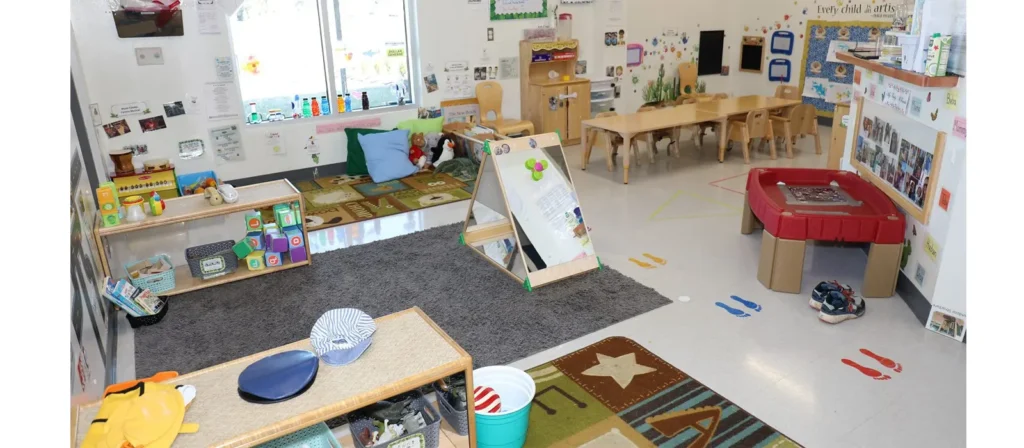
- Flexible Seating Options
Offer alternatives to traditional chairs, such as standing desks, wobble stools, yoga balls, or floor cushions. These allow students to shift positions and choose how they focus best. - Dedicated Activity Zones
Set aside areas for role play, science experiments, or building projects. Clearly defined zones help learners understand when movement is encouraged and when quieter concentration is needed. - Safe Space for Physical Expression
Open floor areas enable learners to pace, stretch, or act out concepts. This reduces restlessness and provides a constructive outlet for energy. - Minimizing Clutter and Distractions
While space should encourage activity, it should not feel chaotic. Clear organization, labeled storage, and uncluttered pathways ensure learners can move safely and stay focused.
2. Incorporate Movement into Academic Learning
Instead of asking kinesthetic learners to sit still for long periods, integrate movement directly into the learning process. This helps them anchor abstract concepts through physical actions and keeps their attention sharp. Try the following:
- Use hopscotch or floor tiles for number games.
- Practice spelling by forming letters with body movements.
- Create story paths where children walk through different “scenes” while narrating.
3. Provide Hands-On Materials
Kinesthetic learners absorb information best when they can touch, build, and manipulate objects. These materials offer tangible experiences that make learning memorable and fun. Helpful resources include:
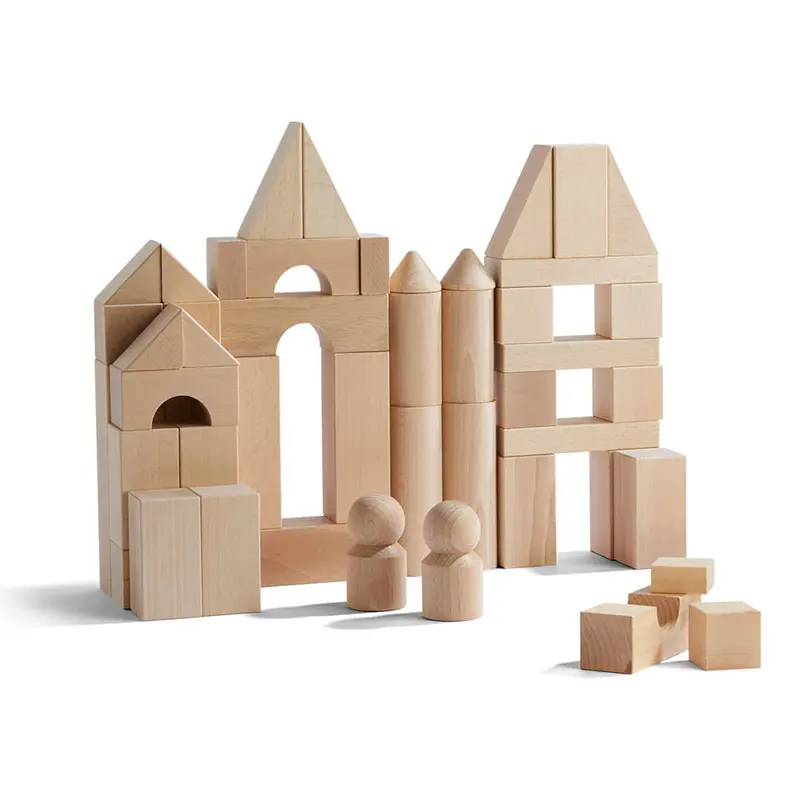

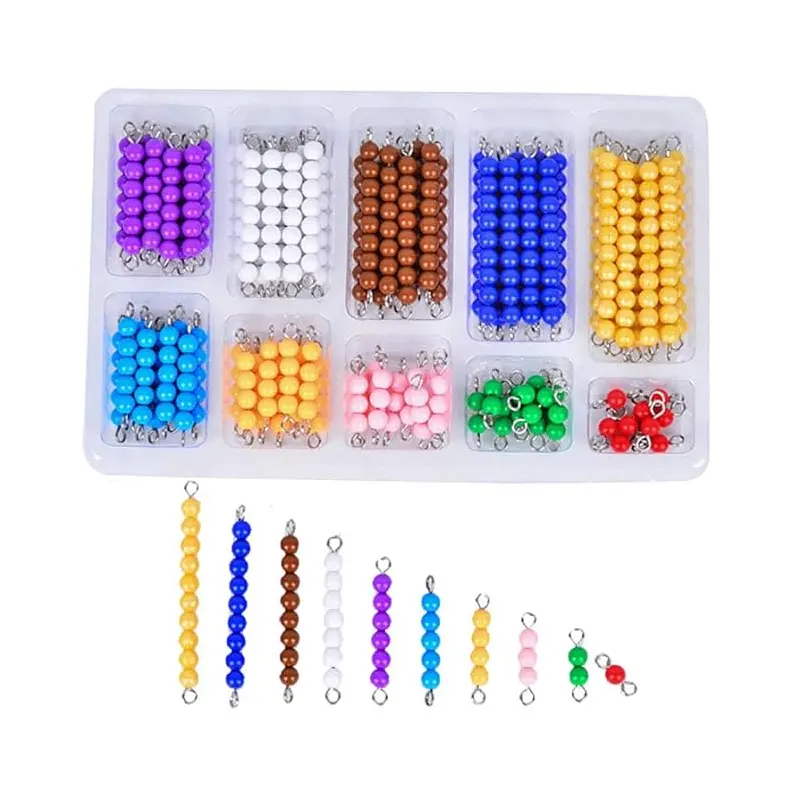
- Building blocks, Legos, or magnetic tiles.
- Puzzle pieces, clay, and textured flashcards.
- Sensory bins filled with rice, beads, or sand for sorting activities.
Scopri la nostra gamma completa di prodotti
Accedi al nostro catalogo completo con mobili e attrezzature da gioco di alta qualità per asili e scuole.
4. Provide Positive Recognition
Kinesthetic learners often find themselves misunderstood in traditional classroom settings, where movement is seen as a distraction rather than a learning tool. This can lead to a loss of confidence, especially when they’re constantly asked to “sit still” or “pay attention.” That’s why providing positive recognition is so important—it reinforces that their way of learning is valid, meaningful, and valued.
- Highlight physical creativity in projects
Acknowledge when their learning comes through building, acting, dancing, or constructing. For example: “Your Lego model showed exactly how a bridge works—that’s so clever!” - Give specific, body-positive feedback
Instead of vague praise like “Good job,” say, “The way you used your whole body to act out that story was amazing. You really brought it to life!” - Display their work in action-based formats
Let them present their learning through videos, live demos, or classroom performances. This validates movement as a legitimate form of expression and communication.
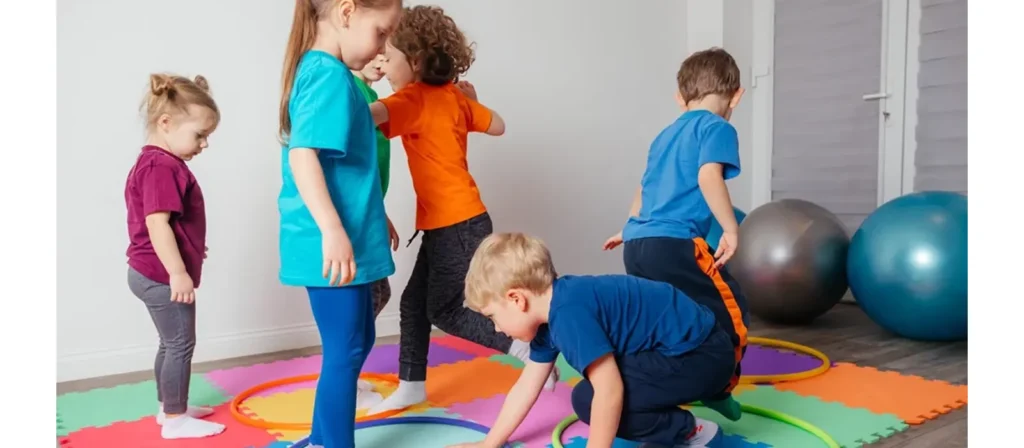
5. Provide Regular Brain Breaks
Attention spans are short, especially for learners who are naturally active. Short movement breaks reset their mental energy and prepare them for deeper focus. These short sessions don’t disrupt learning—they refresh it.
Simple ideas:
- Quick stretch or breathing exercises
- Dance-along videos or yoga poses
- Active games like “Freeze” or “Simon Says”
6. Extend Learning Beyond the Classroom
Learning doesn’t have to stop when the school day ends. In fact, kinesthetic learners often benefit from real-life tasks and outdoor experiences that reinforce academic concepts in a more physical and meaningful way. Activities like gardening, cooking, building, or visiting museums offer natural opportunities to explore science, math, and social studies through touch and movement. Encouraging hobbies such as dance, sports, crafts, or performing arts can also nurture their kinesthetic strengths and broaden their developmental path beyond formal education.
Challenges Faced by Kinesthetic Learners
Kinesthetic learners often experience challenges not because of a lack of intelligence or effort, but because traditional educational systems are not designed to support their movement-based learning style. These challenges can affect academic performance, self-esteem, and motivation.
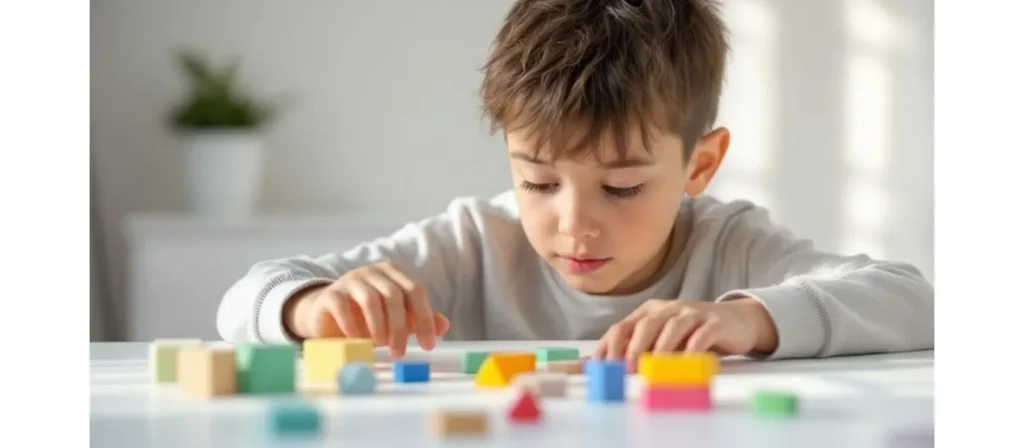
Difficulty Adapting to Passive Learning Environments
Most classrooms are built for listening, reading, and writing, with little emphasis on physical movement. Kinesthetic learners, who thrive on action and engagement, find it difficult to absorb information while sitting still for long periods. This mismatch can lead to daydreaming, fidgeting, or restlessness, not because they are distracted but because their brains require movement to stay focused.
Misinterpretation of Natural Behaviors
When kinesthetic learners move around, tap their feet, or play with objects while thinking, these actions are often seen as signs of misbehavior. In reality, such behaviors are part of how they process information. Unfortunately, teachers and peers may misunderstand these signs, labeling the child as inattentive or hyperactive. This misjudgment can lead to unfair discipline or a negative self-image.
Limited Access to Hands-On Learning Opportunities
In many schools, lessons are designed around textbooks, lectures, and digital slides. Kinesthetic learners need to manipulate, build, act out, or physically explore in order to fully understand concepts. Without regular access to these tactile experiences, they may struggle to connect abstract information with real-world meaning, which can result in lower academic outcomes despite their strong potential.
Underperformance in Traditional Assessments
Standardized tests and written exams rarely accommodate the kinesthetic learning style. These assessments favor verbal and written expression rather than physical demonstration. As a result, kinesthetic learners who understand a concept well through experience may find it difficult to explain their knowledge on paper. This can create a false impression of poor comprehension or underachievement.
Emotional Frustration and Decreased Confidence
Repeatedly being told to sit still, stop fidgeting, or follow learning methods that do not align with their strengths can lead to emotional fatigue. Over time, kinesthetic learners may begin to doubt their own intelligence or develop a dislike for school. Without proper support, their enthusiasm for learning may fade, and they may fall behind simply because their needs were not recognized.
Difficulty Expressing Knowledge Through Words Alone
While kinesthetic learners often understand topics deeply through action, they may not always be able to explain their thoughts clearly using only words or writing. This communication gap can lead to frustration and underestimation by others. Their true understanding is often revealed through performance, construction, or demonstration rather than verbal explanation.
7 Activities for Kinesthetic Learners
Kinesthetic learners absorb information best when they are physically involved in the learning process. These seven activities are designed to help them explore academic concepts through motion, hands-on play, and body-based engagement.
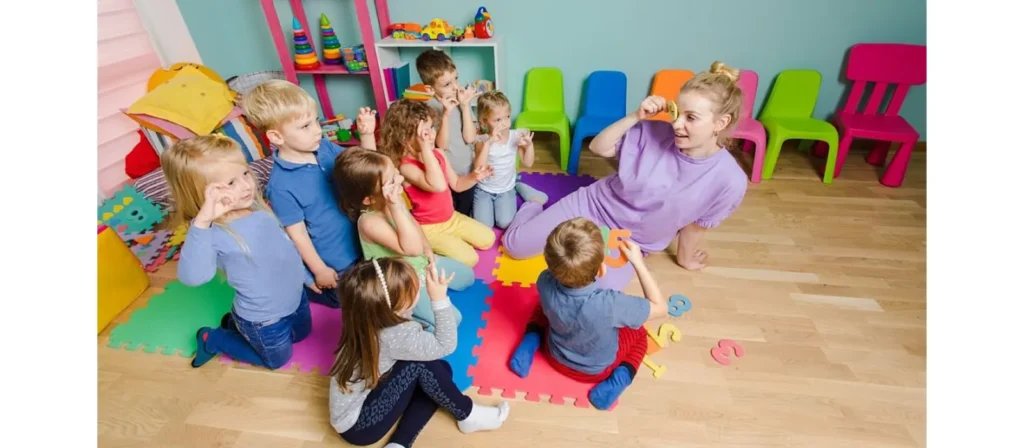
1. Spelling Hopscotch
Turn your floor or sidewalk into a giant letter grid where children hop from one letter to the next to spell out words. As they jump, they say each letter aloud, reinforcing spelling through movement. This playful setup blends physical coordination with literacy practice, making it perfect for energetic learners who struggle with traditional memorization methods.
2. Math Relay Race
In this high-energy activity, students solve math problems posted at one end of the room and then run back to report their answers. It’s a simple but powerful way to make arithmetic feel like a game. The combination of quick thinking and physical exertion boosts engagement, especially for children who need to move to stay focused.
3. Storytelling with Puppets
Let children act out stories using puppets or plush characters, moving across a small stage or table to represent different scenes. This tactile and theatrical approach encourages imagination while strengthening narrative skills, sequencing, and oral language development—all through hands-on role play.
4. Sight Word Bowling
Set up plastic bottles with sight words taped to the front and have children roll a ball to knock them over. After each turn, they read the words they hit. This interactive game turns reading practice into a fun, physical challenge that naturally reinforces word recognition through action and repetition.
5. Alphabet Scavenger Hunt
Hide letter cards or magnetic letters around a room and have children search for them in order. As they find each letter, they shout it out and place it on a board or mat. This active alphabet game reinforces letter sequencing, phonemic awareness, and gross motor movement in a playful, discovery-based way.
6. Acting Out Verbs
Write action verbs on cards like “crawl,” “clap,” “dance,” or “stretch.” Have learners pick a card and perform the movement while saying the verb aloud in a full sentence. This activity helps children connect vocabulary with physical action, making word meanings more memorable and easier to recall in context.
7. Build a Habitat
Give students natural materials, craft items, or toy animals and ask them to physically build a small animal habitat (e.g., a nest, cave, or pond). As they construct, they discuss what the animal needs to survive. This hands-on science task encourages problem-solving, environmental thinking, and creativity through tactile learning.
Trasforma la tua aula con soluzioni di arredamento personalizzate
Conclusione
Kinesthetic learning is a powerful and often underappreciated style that empowers students to connect with information through movement, touch, and physical engagement. By recognizing and supporting kinesthetic learners, we unlock their ability to learn not just with their minds, but with their entire bodies. Whether through hands-on projects, motion-based games, or flexible learning environments, these students thrive when given the freedom to explore knowledge actively.
Embracing kinesthetic learning is not just a teaching strategy; it’s a commitment to honoring how different children grow, think, and succeed. To support this journey, Xiha Kidz offers a full range of child-centered arredamento per aule E giocattoli educativi designed specifically for movement-based learning. From wooden climbing frames that build gross motor skills to role-play toys that inspire creativity and language development, Xiha Kidz help transform classrooms into spaces where kinesthetic learners can truly thrive.



